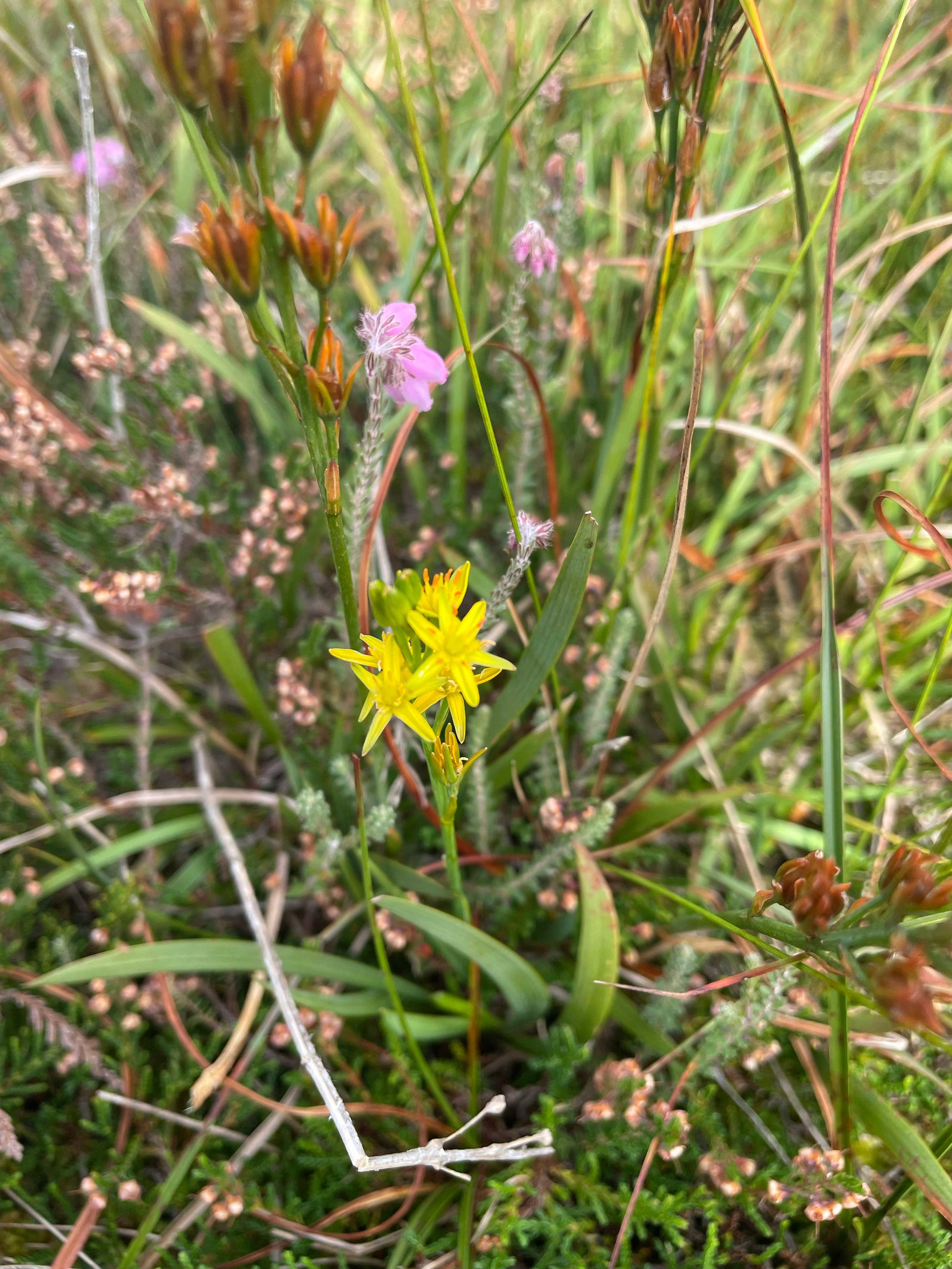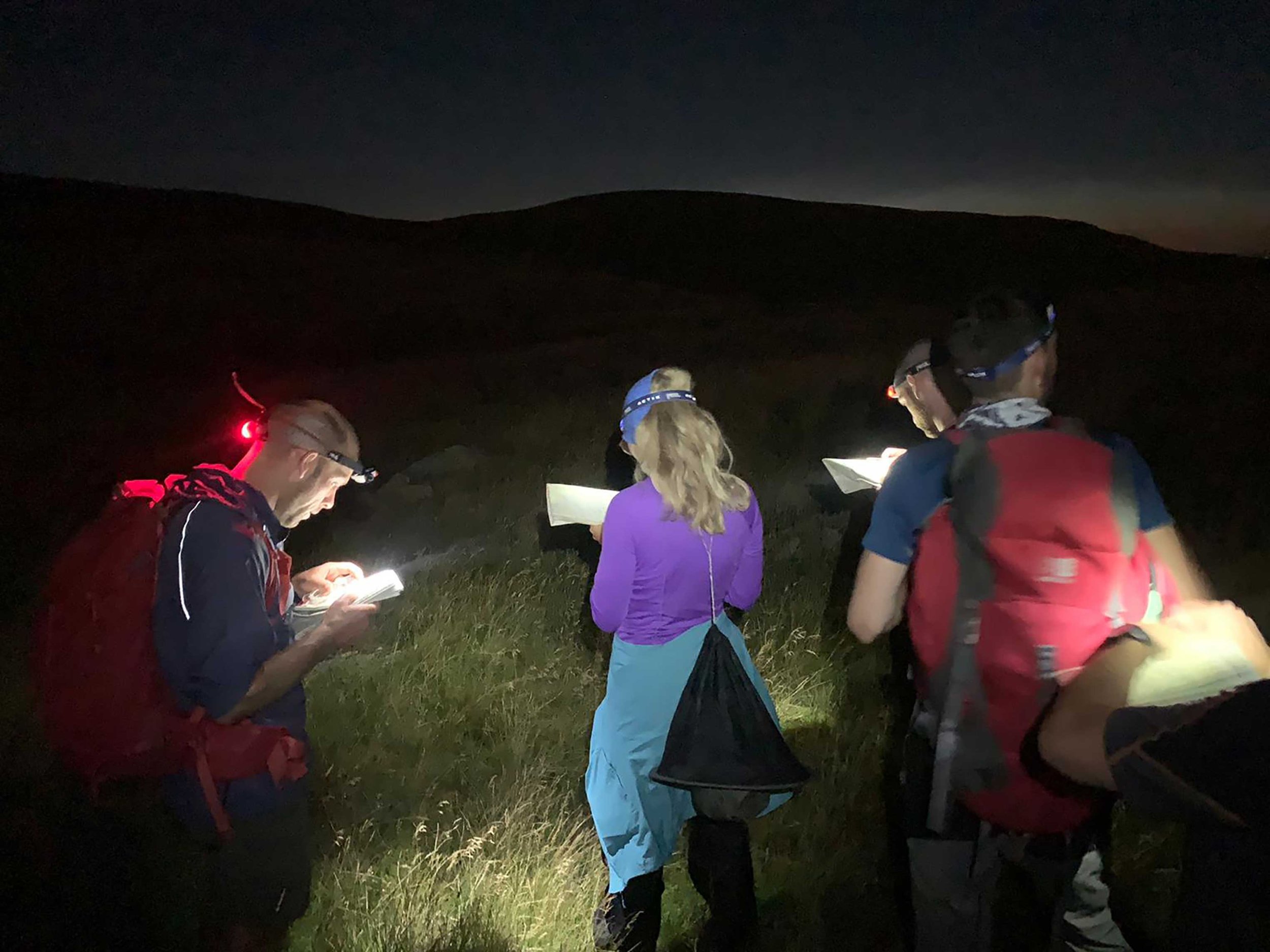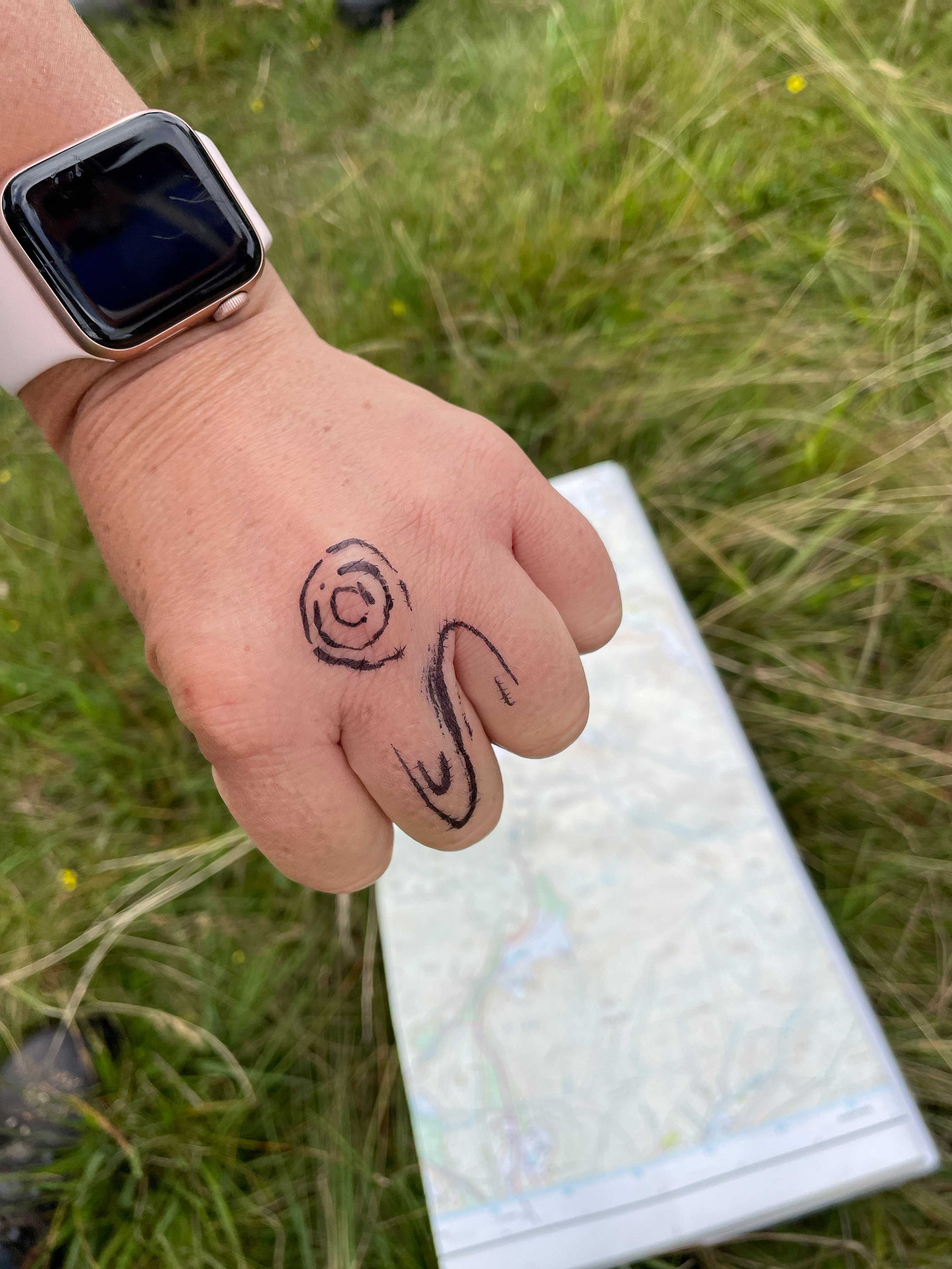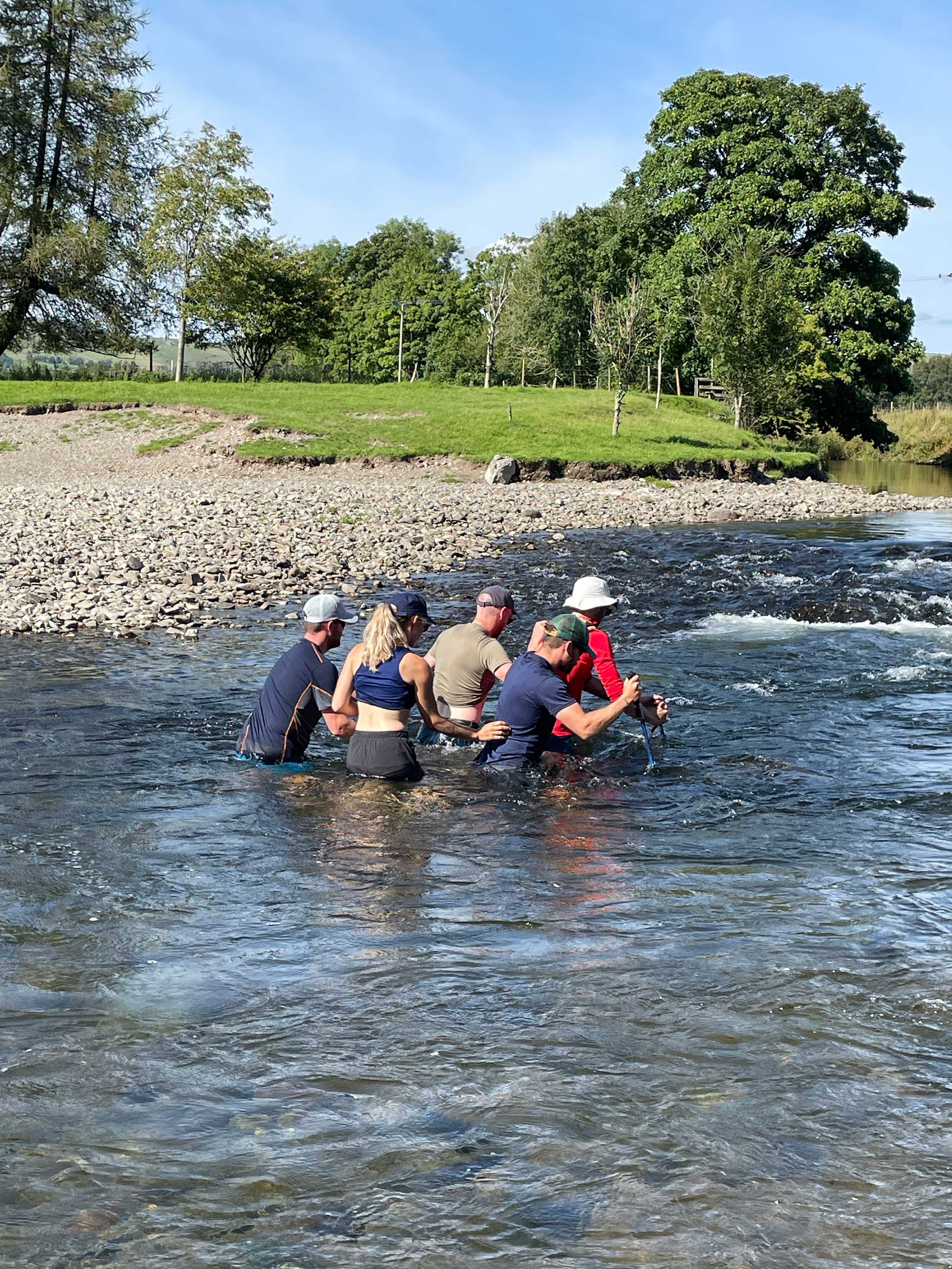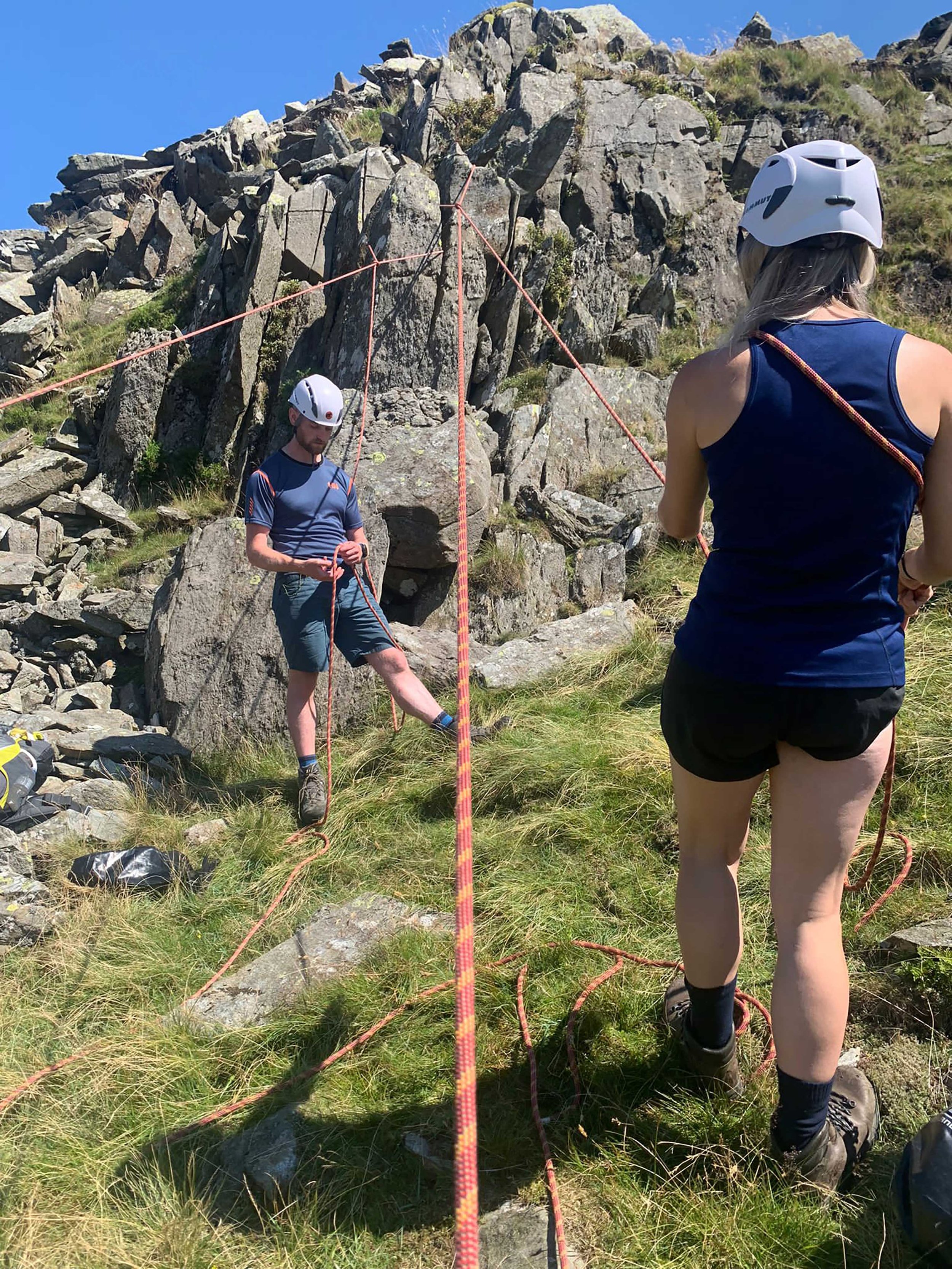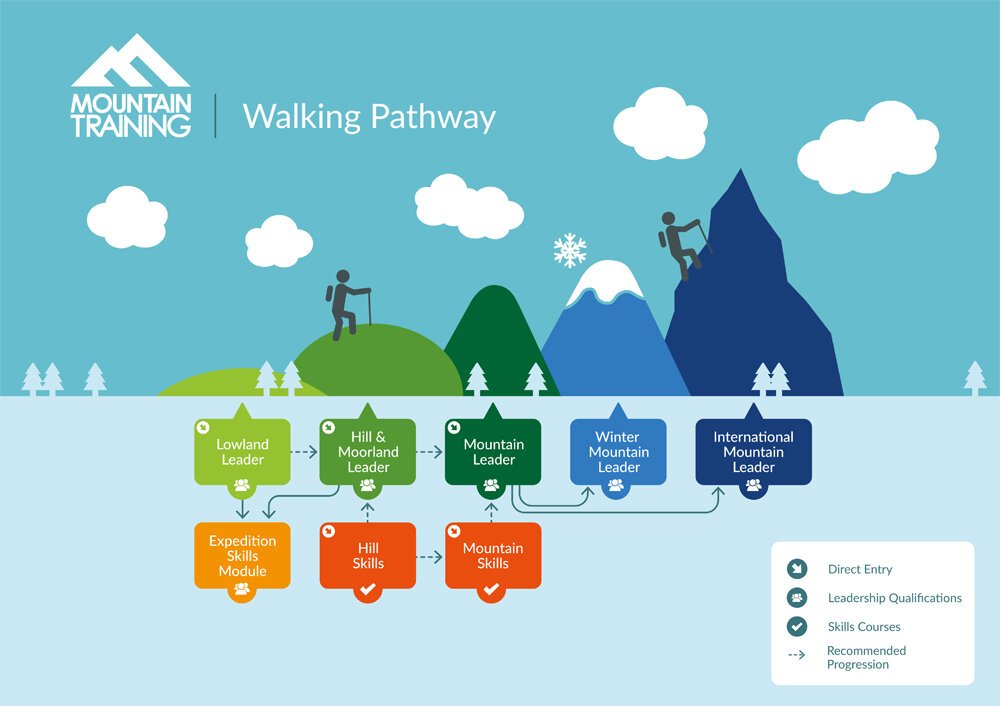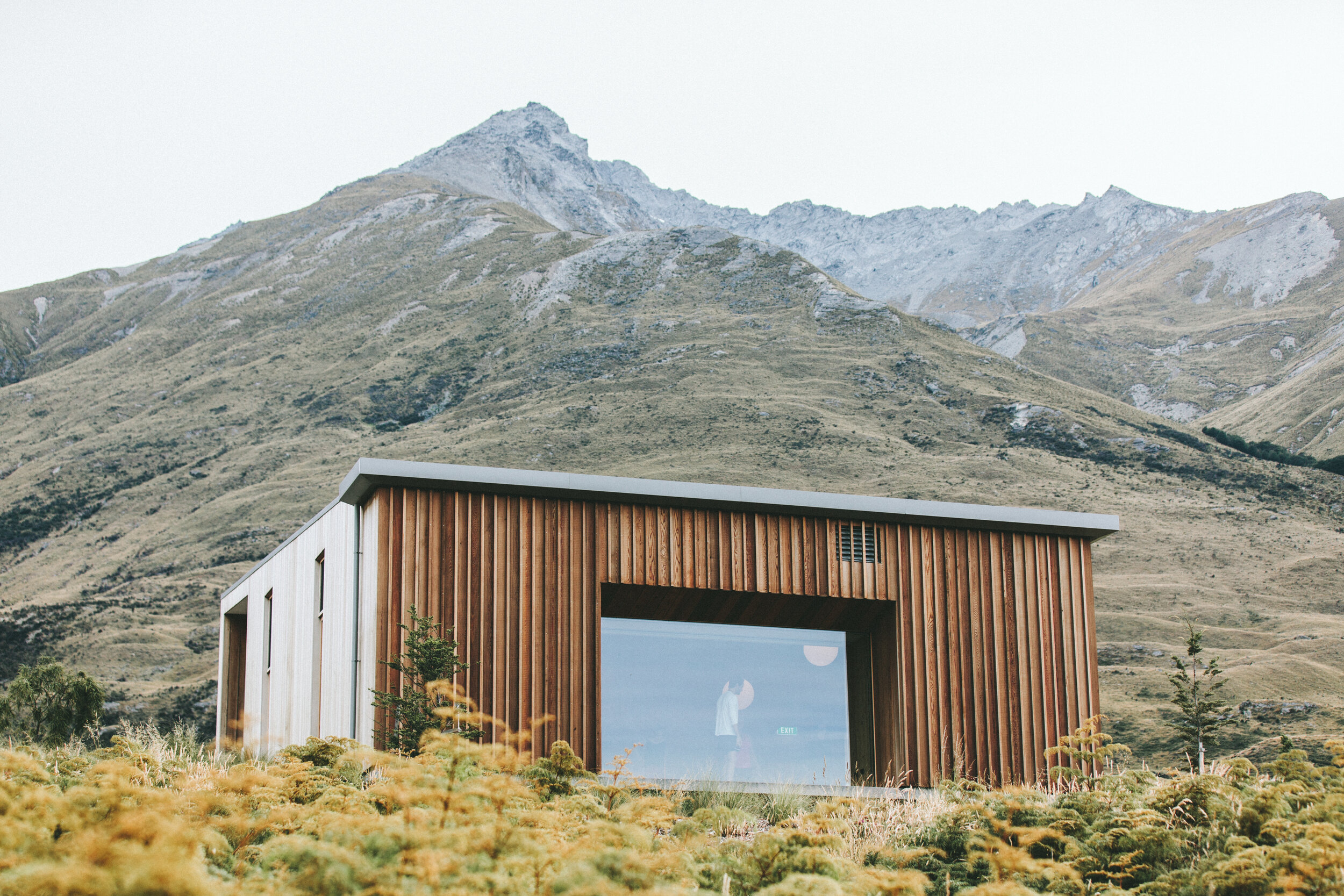
Mountain Leader
Refreshers & Reassessments
Days
1 0r 2
Category
Mountain Training Courses
Location
Lake District
Ratio
1:1
Group bookings welcome, up to 6 for a refresher, please make an enquiry for a price.
Cost
£250
Per person per day.
Detailed information
Aim
To get you ready for your Mountain Leader assessment, or reassessment.
Refreshers
We provide Refresher courses to get you ready for your Mountain Leader assessment, or reassessment. Covering the things you consider to be a weakness, people often like to cover navigation; especially low vision navigation and rope work.
We will also pass on some top tips for passing an assessment and support you with the most common things people get deferred on. This can be in one or two days depending on how much you’d like to cover.
A day could also be split into a day into night, starting about lunch time, depending on when it gets dark.
Reassessments
For a reassessment please make an Enquiry with a copy of your defer report and we will get back to you with out line for the course.
Course Content
Every refresher and reassessment is unique to the booking. But you can expect to cover some of this list; navigation, including low vision navigation, steep ground, rope work, weather, different map scales, group management and environmental topics.
Itinerary
For a reassessment please email a copy of your deferral report and we will get back to you with an out line for the course.
For a refresher we will look at the topics you choose, with guidance from our expert instructors on what assessors are looking for at assessment.
What’s provided?
WE provide…
Instruction.
Technical Kit (Helmets, Harness, Climbing Hardware & Ropes etc).
Pre Course Information.
Action plan for moving forwards at the end of the course.
YOU provide…
The kit list will be dependent on the requirements of the reassessment or refresher, but here is a likely requirement. *Anything with asterisk can be rented from us if arranged 14 days in advance (subject to availability).
-
-
Fully waterproof Jacket and trousers are essential. The Jacket should have a good hood and taped seams. The Mammut Convey Tour HS Hooded Jacket (Men’s and Women’s) is a good example.
The trousers should fit over your other leg wear and boots. The Mammut Albula HS Pants (Men’s and Women’s ) are a good example.
-
-
-
-
Non cotton skin to layers are recommended. The Mammut Trift range is a good example.
-
Warm cushioned socks with a high wool content are idea. Darn Tough Midweight Hiker Boot Cushion Socks are a good example.
-
A simple warm beanie is ideal. Like a Mammut Fleece Beanie. In hot weather bring a sun hat as well.
-
Warm and quick drying gloves are idea. Mammut Fleece Glove is a good example.
-
These are useful and versatile extra items of clothing. The Mammut Merino Neck Gaiter and the Mammut Balaclava are good examples.
-
The Silva expedition 4 compass is recommended.
-
This Harvey BMC mountain map of the Lakes is required for teaching navigation on different scales of map.
-
You will need a map case or laminated versions of theses maps to keep them dry.
-
Needs to be tough, reliable and waterproof. A simple digital watch or a modern sports smart watch will do.
-
A whistle for emergences should be loud and pea less. The Acme Slimline Tornado is a good example.
-
A head torch should be bright, easy to use and weatherproof. A Petzl Tikka core is a good example.
-
A Rucksack needs to be simple and robust. For a one day courses the Mammut Trion Nordwand 38 (Men’s and Women’s) is a good Example. For wild camping it should between 45 and 65 litres in volume. Depending on the bulk of your equipment. The Mammut Ducan Spine 50-60 is a good example.
-
Keeping your equipment dry is essential. This can be done by lining your rucksack with a large dry bag or robust plastic bag. An alternative is to use a number of smaller drybags like the Mammut Drybag Light to pack things separately.
-
Should contain small number items to just to deal with very minor injuries and blisters. The Mammut First Aid Kit Light is a good example.
-
Bring all the medication and basic toiletries you would normal need for the duration of the course.
-
Foods which contain a mix of carbohydrates and are quick and easy to eat in adverse conditions are best of most people. In winter look for foods which will not freeze solid. Simple sandwiches and trail bars are good. When camping look for modern dehydrated expedition food which light and convenient.
-
Needs to be robust and leak proof. A Nalgene water bottle is good example. Carrying at least two litres is a good idea in hot weather.
